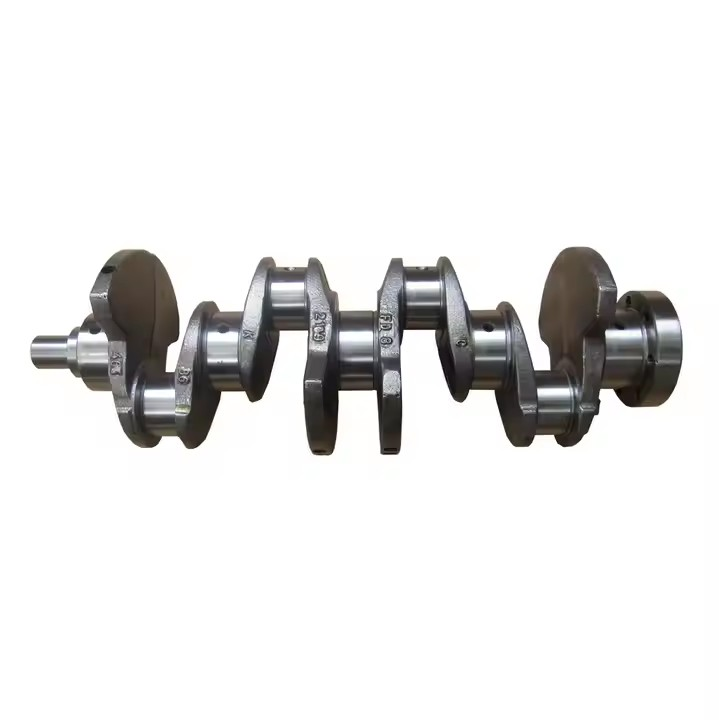Understanding Crankshafts and Their Importance
In my experience, few engine components receive as much attention as the crankshaft. To be honest, it's easy to see why. The crankshaft plays a critical role in converting the reciprocating motion of the pistons into rotational motion, which ultimately propels your vehicle forward. So, it goes without saying that the materials used in making crankshafts are absolutely necessary for optimal engine performance.
The Role of Material Selection
When designing a crankshaft, engineers consider various factors, such as strength, durability, weight, and cost. That's where material selection comes in. Different materials offer different properties, which can significantly impact the crankshaft's performance. In this article, we'll dive into some of the most common crankshaft materials, including steel, iron, and beyond.
Steel Crankshafts: Strength and Durability
Steel is, by far, the most popular material for crankshafts. Frankly speaking, it's not hard to see why. Steel crankshafts offer an excellent balance of strength, durability, and cost-effectiveness. They can withstand the high stresses and loads generated by modern engines, making them ideal for both passenger cars and commercial vehicles.
Types of Steel Used in Crankshafts
Iron Crankshafts: Cost-Effective and Easy to Machine
While not as popular as steel, iron crankshafts still have their place in the automotive industry. Cast iron crankshafts, for instance, are often used in low-performance engines due to their lower cost and ease of machining. However, they tend to be heavier and less durable than their steel counterparts.
Cast vs. Ductile Iron Crankshafts
- Cast iron: This type of iron is brittle and has low tensile strength, making it less suitable for high-performance applications.
- Ductile iron: Also known as nodular cast iron, this type of iron has improved strength and ductility thanks to the presence of nodular graphite in its microstructure.
Beyond Steel and Iron: Advanced Alloys
As engine technology continues to advance, so too do the materials used in crankshafts. Some of these advanced alloys offer superior properties, such as increased strength-to-weight ratios and improved resistance to fatigue and wear. However, they often come with a higher price tag.
Examples of Advanced Alloys
- Titanium alloys: These materials offer exceptional strength-to-weight ratios, making them ideal for high-performance engines where weight reduction is a priority.
- Aluminum alloys: While not as strong as steel or titanium, aluminum alloys are lightweight and have excellent corrosion resistance, making them suitable for certain applications.
Choosing the Right Crankshaft Material
When it comes to selecting the right crankshaft material for your engine, there's no one-size-fits-all answer. It ultimately depends on factors such as the engine's performance requirements, cost constraints, and desired properties. By understanding the various materials available and their respective benefits, you can make an informed decision that best meets your needs.




